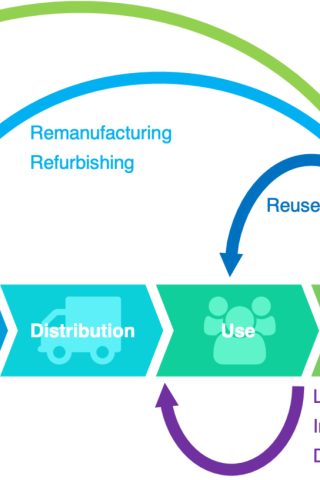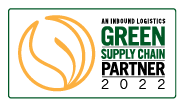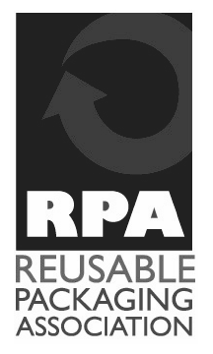Bloomberg, By Liam Vaughan, December 21, 2021, 5:00 AM EST
By analyzing how executives talk about their sustainability efforts, Acadian’s Andy Moniz hopes to figure out who’s full of hot air.
Andy Moniz, a London-based data scientist at Acadian Asset Management, says he’s not only figured out a better approach, he can make money trading on it. He’s using such sophisticated tools as natural language processing and machine learning to figure out what companies are really up to. “I became frustrated with what the ESG data providers were doing,” says Moniz. “A lot of the time they’re just relying on yes or no answers to questions like ‘Does this company have a human rights policy?’ That data is extremely stale and backward-looking.” He felt he could do a better job collecting the data on his own.
A Bloomberg Businessweek investigation published in December showed that rather than reflecting companies’ sustainability efforts, ESG ratings tend to focus narrowly on risks to shareholders. So a company could have high carbon emissions but still get a decent ESG score if stricter regulation of its business appears unlikely. Moniz, too, is looking out primarily for investors’ interests in his analysis. But even based on that kind of metric, ESG ratings fall short, Moniz says. (Bloomberg LP, which owns Bloomberg Businessweek, sells sustainability ratings and data to the investment industry.)
At Acadian, a quantitatively-driven fund with more than $100 billion under management, Moniz analyzes reams of data about companies to identify hidden ESG risks. Some of it is unconventional: For instance, his software searches through transcripts of executives speaking at shareholder meetings, conferences, and on analyst calls for signs of evasiveness, vagueness, or a refusal to answer questions. It’s an approach grounded in psychology literature.
He gives the example of Albert Chao, president and chief executive officer of Houston-based Westlake Chemical Corp., who earlier this year was asked by an analyst to explain his firm’s decarbonization strategy. “This issue is very important for the company, its employees, and the whole world,” Chao replied. “We want to do our part as much as we can. … And I know to get to zero net emissions, that’s a tall order. And a lot of work is being done on that. But I think with still a lot of progress to come out, and we are very conscious of it.” That meandering response was flagged by Acadian’s algorithm as a “non-answer.”
Then there’s Russian miner Evraz Plc, whose then-CEO, Alexander Frolov, was asked in August how he planned to reduce the company’s carbon footprint. “We have lots of opportunities, let’s say, to capture it and utilize, which we are not doing at the moment,” he replied. “And I guess this would lead to significant reduction of greenhouse … there are different strategies, but there is potential on both sides to reduce greenhouse emissions in the future.” This, says Moniz, is a classic example of vagueness—something he says is depressingly common among companies.
Companies today put most of their ESG information into carefully worded sustainability reports, but nuggets are to be found in these, too, says Moniz. He points to the Polish coal-fired electricity company Ze Pak SA, which claimed in a recent presentation that by 2029 it would achieve “climate neutrality”—an even more ambitious target than net-zero—without providing any clues as to how it planned to do so. “We are ahead of the goal of European Union climate neutrality (2050) by 20 years,” the company declared. Ze Pak, Westlake Chemical, and Evraz did not respond to requests for comment.
Recognizing red flags when they’re right in front of you isn’t too difficult. The challenge lies in building a system that can trawl through millions of documents from disparate data sources relating to thousands of companies, as well as teach itself what to look for. Even harder is translating that system’s findings into investment returns. In the lead-up to the financial crisis, a handful of investors figured out that mortgage-backed securities were riskier than they seemed to be and made money betting against them. There is no such straightforward trade for greenwashing because, even when companies are found to be inflating their sustainability credentials, there’s no guarantee their shares will go down. In fact, history suggests hedge funds have benefited by investing in sin stocks ESG investors won’t touch.
Moniz and his team focus only on those environmental, social, and governance issues that their analysis suggests will feed into the bottom line. “Our investment process is purely designed to enhance risk-adjusted returns, and in that way we don’t treat ESG as any different to any other dataset,” he says. It’s a mindset Moniz developed on Wall Street at the likes of Citigroup Inc. and Deutsche Bank AG, where his role was to hunt for profitable trading signals in places others might not look. One project involved building a portfolio that mirrored the trading of executives in their own company’s stock. Another saw him comparing how large the CEO photos were on annual reports—and how frequently they were updated—as a test for egotism and therefore, management quality. (The results were inconclusive).








